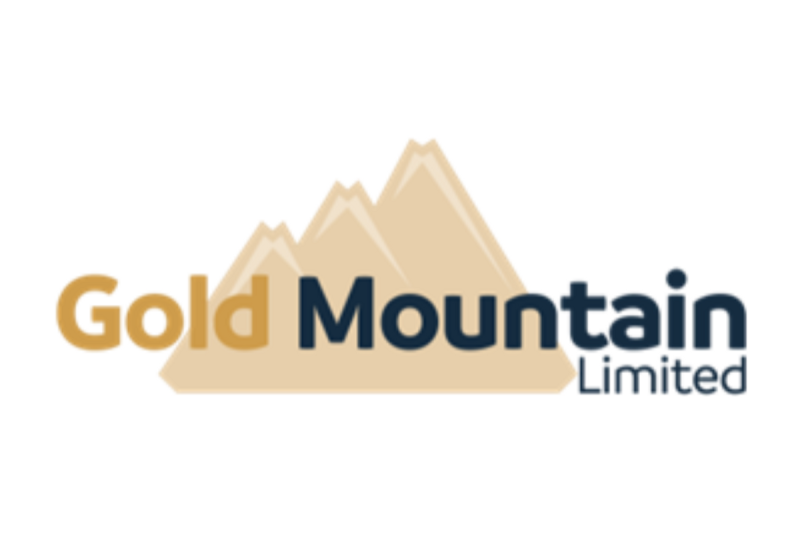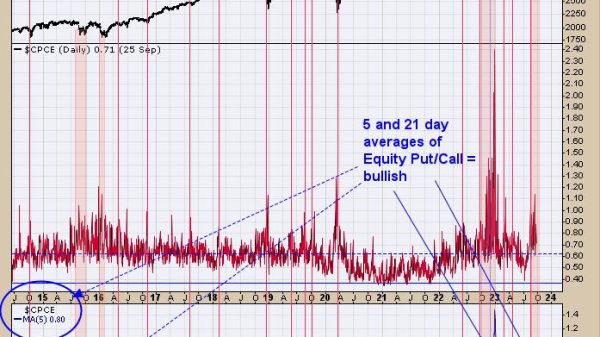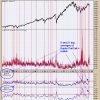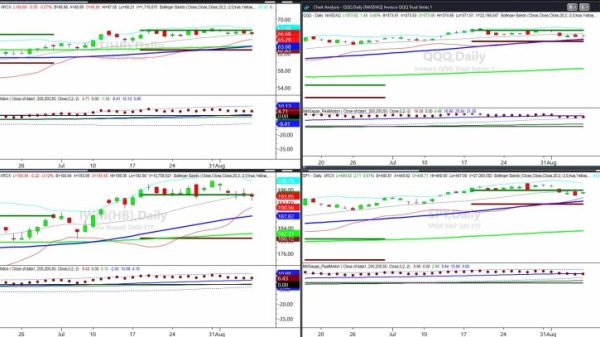Gold Mountain Limited (ASX: GMN) (“Gold Mountain” or “the Company” or “GMN”) is excited to announce it has received 38 stream sediment samples from the Salinas South Project in the Lithium Valley and has defined anomalies over 5 km along regional structural strike direction.
Highlights
Work Undertaken
Encouraging assays were received from 38 stream sediment samples.
Lithium anomalies were identified over a 5.8 km distance, which includes high order anomalies over an artisanal working.
Anomalies interpreted to lie over a major concealed granite body at depth.
Future Workplan
Carry out soil sampling over the strongest lithium anomalies with coincident pathfinder element anomalies and the known artisanal working.
Continue on ground mapping to search for pegmatite outcrops.
Define drill targets and get environmental permits for drilling.
Managing Director David Evans commented
“Over the past few years, Gold Mountain has built up an impressive ground position in Brazil’s Lithium Valley, an emerging lithium hotspot, home to two producing mines and Latin Resources’ Colina deposit. The new results from Salinas South complement the recent announcement of 10 drill targets from our Salinas II Project and give the company a strong pipeline of targets for us to test right across this highly prospective region.”
Details
Strongly anomalous stream sediment sample results were received on the Salinas South 830.557/2023 tenement with strongly correlated beryllium (Be), rubidium (Rb), niobium (Nb) and potassium (K).
Table 1 shows the correlation chart for the anomalous lithium samples in tenement 830.557/2023
Note that correlations show spatial associations that include lithium pegmatites and may include other rock types. The presence of chrysoberyl in the area suggests that pegmatites have intruded mafic to ultramafic rocks to pick up the chromium necessary to form chrysoberyl rather than beryl. This gives additional criteria to search for lithium pegmatites and explains part of the unusual associated elements in the correlation chart such as Ni, Mg and Zn.
The Salinas South project consists of 26 tenements with a total area of 50,911 hectares in the Lithium Valley. Post tectonic granites surround the tenements which contain favourable weak, schistose host rocks.
The Salinas South Project area is thought to lie on the margins of a major granite at depth, with the margins also passing through the area of the Sigma Resources and CBL lithium mines. A strong NE trending structural direction is also present at the Salinas South Project, similar in direction to those identified at Sigma Lithium and in the vicinity of the Colina deposit held by Latin Resources. The structural directions are also visible on the radiometric and magnetic images of the Salinas South Project.
Structurally controlled occurrences of pegmatites including one known to contain lithium are located just to the northwest of the Salinas South Project area on prominent NE trending structures. Similar orientation structures are seen in the topography in the Salinas South 830.557/2023 tenement.
Mapping in 830.557/2023 during sampling identified an occurrence of pegmatite as well as late tectonic granites. Mapping elsewhere in the Salinas South tenements has also shown that there are significant scale pegmatites present. An artisanal working was identified. It lies within or adjacent to a high order lithium anomaly and is the highest priority target area in this tenement at present.
It was also evident that remnants of an old surface were present on many of the ridges, indicating that subdued anomalies could be anticipated from sources on the hills. Presence of an old lateritised surface indicates where lithium pegmatites may be concealed by leaching of lithium.
Click here for the full ASX Release





























